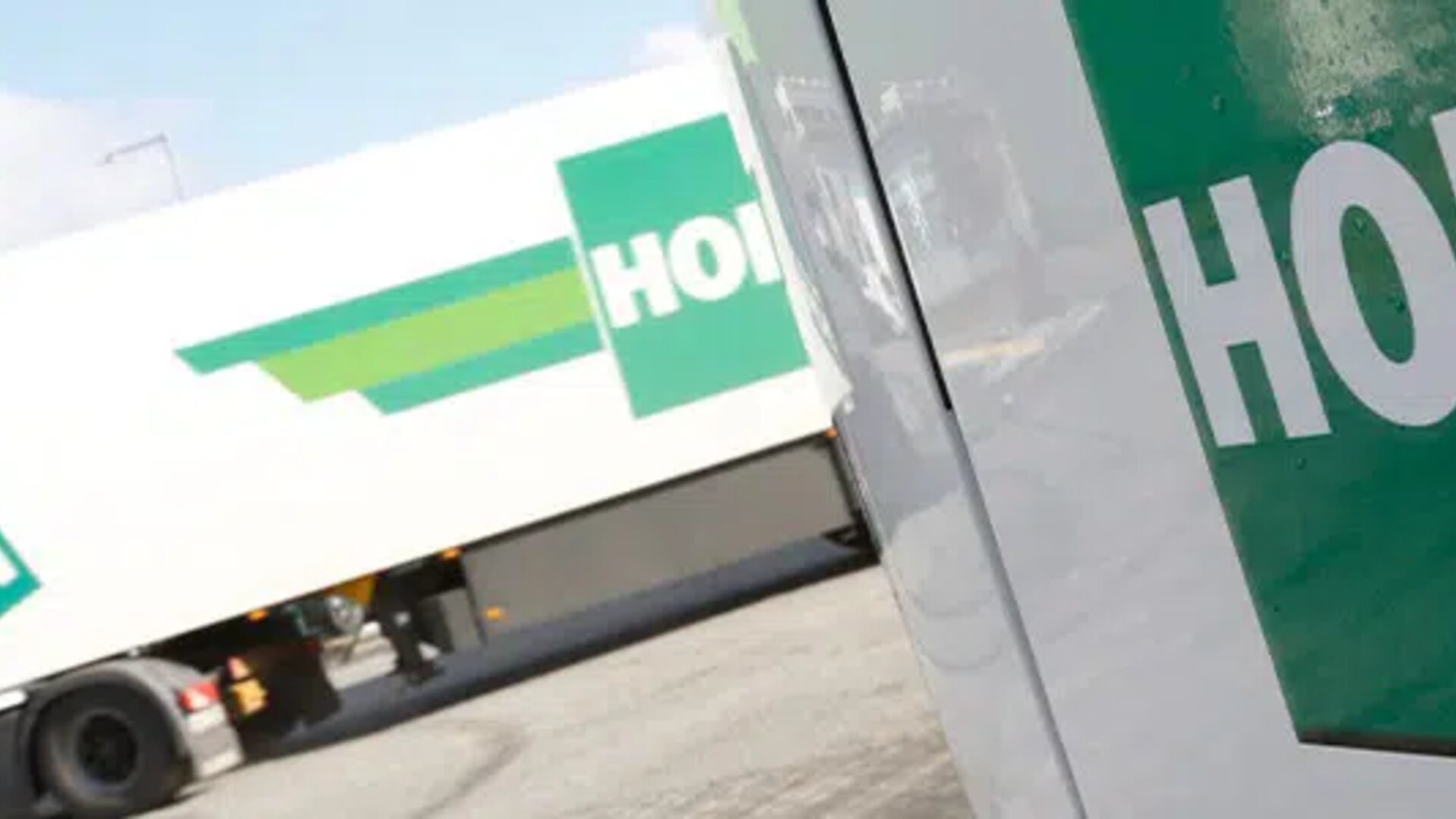HOPI introduced its first EDI communication as part of the logistics project Cross-Docking for Makro in 1998. Since then, the company has implemented a number of logistics projects in which cross-EDI and B2B communication with clients are key. And yet, these requirements differ in the way the data transfer is performed. HOPI addresses these differences by using IBM Sterling B2B Integrator and GENTRAN: servers interfaced with HOPI's SAP system, enabling two-way communication via the eXite Business Integration platform or directly via various communication protocols.
All logistics processes can be managed via EDI
A number of clients have used HOPI to implement the management of all logistics operations via EDI communication based on EANCOM messages. Multinational companies often use this approach for the consistent management of their local logistics providers in different countries:
- Exchange of article master data and information about partners, including clients
- Management of merchandise received at the warehouse from individual production sites
- Control of the delivery of goods to clients
- Control of internal goods operations within the warehouse
- Information about the inventory
The communication ensures a complete two-way exchange of data, giving clients a full picture of the logistics service provider’s processes in their information system.







